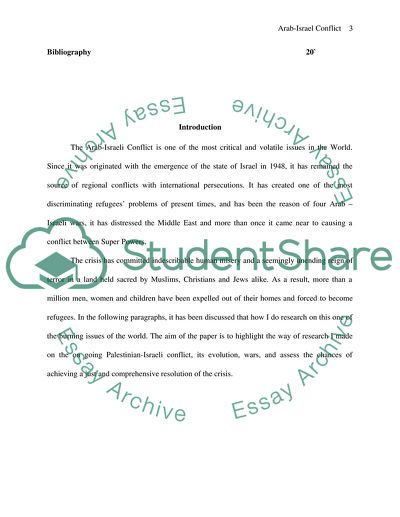Cite this document
(Is There a Compromise in the Arab-Israeli Conflict Research Proposal, n.d.)
Is There a Compromise in the Arab-Israeli Conflict Research Proposal. Retrieved from https://studentshare.org/military/1736586-arab-and-isarel-conflict
Is There a Compromise in the Arab-Israeli Conflict Research Proposal. Retrieved from https://studentshare.org/military/1736586-arab-and-isarel-conflict
(Is There a Compromise in the Arab-Israeli Conflict Research Proposal)
Is There a Compromise in the Arab-Israeli Conflict Research Proposal. https://studentshare.org/military/1736586-arab-and-isarel-conflict.
Is There a Compromise in the Arab-Israeli Conflict Research Proposal. https://studentshare.org/military/1736586-arab-and-isarel-conflict.
“Is There a Compromise in the Arab-Israeli Conflict Research Proposal”, n.d. https://studentshare.org/military/1736586-arab-and-isarel-conflict.


